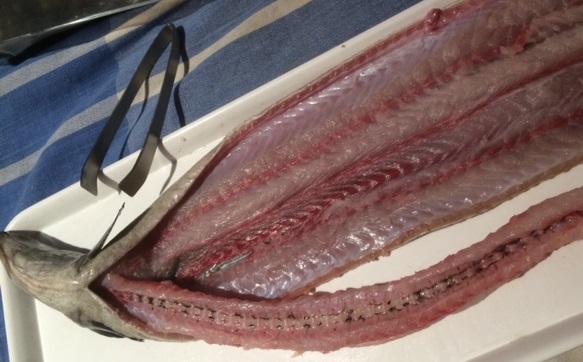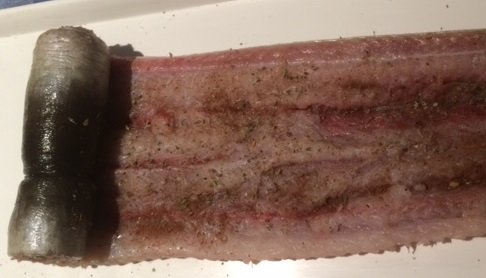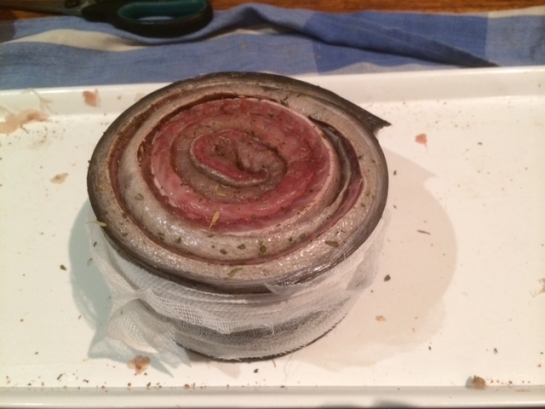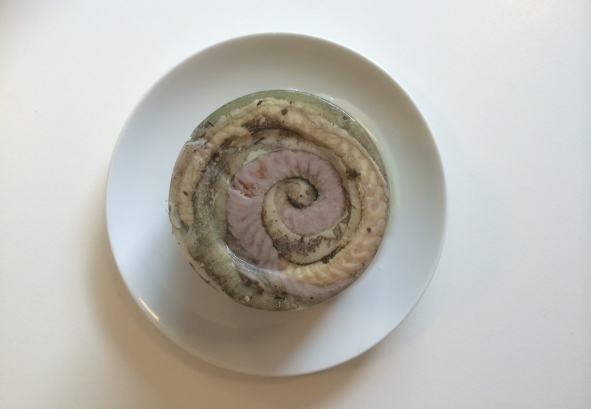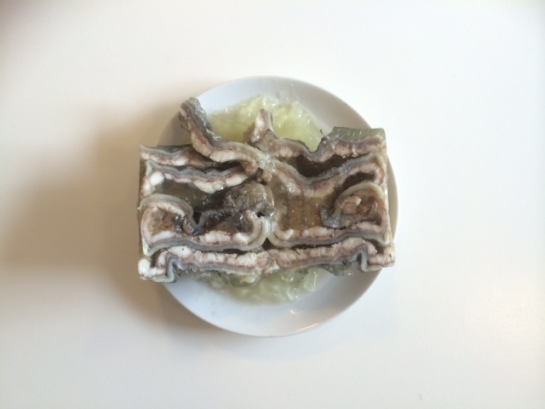Eels are highly significant to Parramatta, and especially to the local Dharug Burramattagal people, who for generations have gathered during eel season to feast, trade and share stories.
Parramatta has been the cultural ‘home’ of eels for Darug people for generations (which explains the local NRL rugby team’s emblem). Named ‘Rose Hill’ by First Fleet settlers, the area soon reverted to its current name, which is derived from the word Burramatta, a Darug word meaning ‘where eels lie down’. Eels were a valued food source for Aboriginal Australians and their natural presence and migratory patterns carried significant meaning in Aboriginal culture and lore.
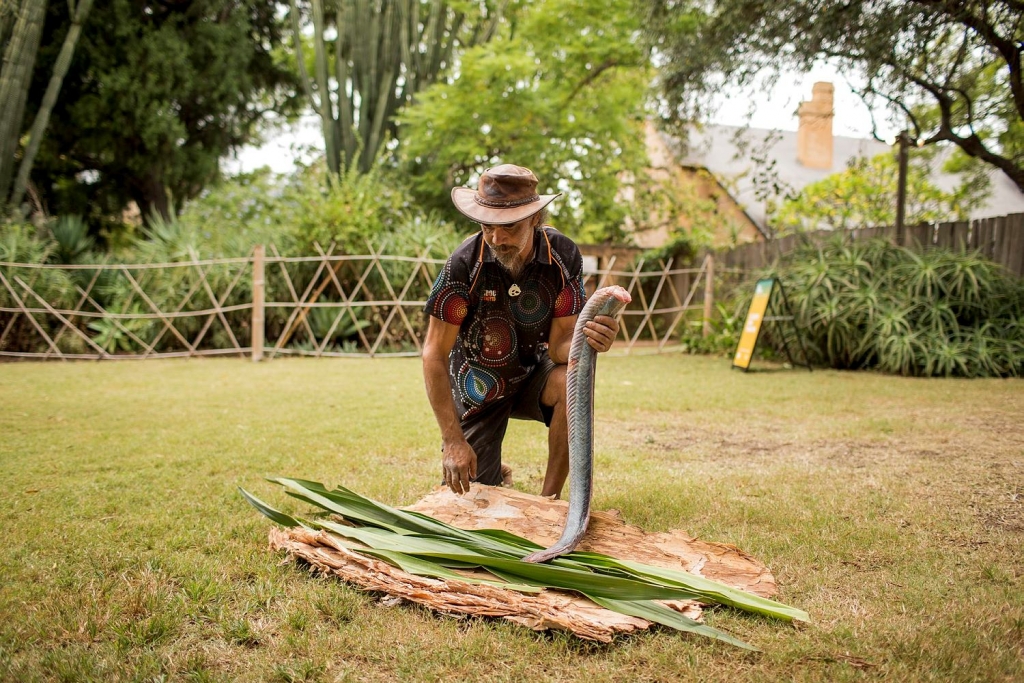
Lindsay Adam preparing bark and Gymea lily leaves to wrap the eel at Elizabeth Farm © James Horan for Sydney Living Museums
Good tucker
Cooked in a traditional Aboriginal manner, freshly roasted eel is delicious! Similar to fish in texture, but with a milder flavour, the eel meat takes on a light sweetness from the leaves it is wrapped in. In this instance Gymea lily leaves were used, their length ideal for the shape of the eel. The leaves help keep the eel moist, and with the layers of paper bark, protect it from burning from direct contact with the coals. The outer layer of bark burns on the fire, but imparts wonderful smokey and charred flavours from the coals. In fact I’m making myself very hungry, just writing about it!
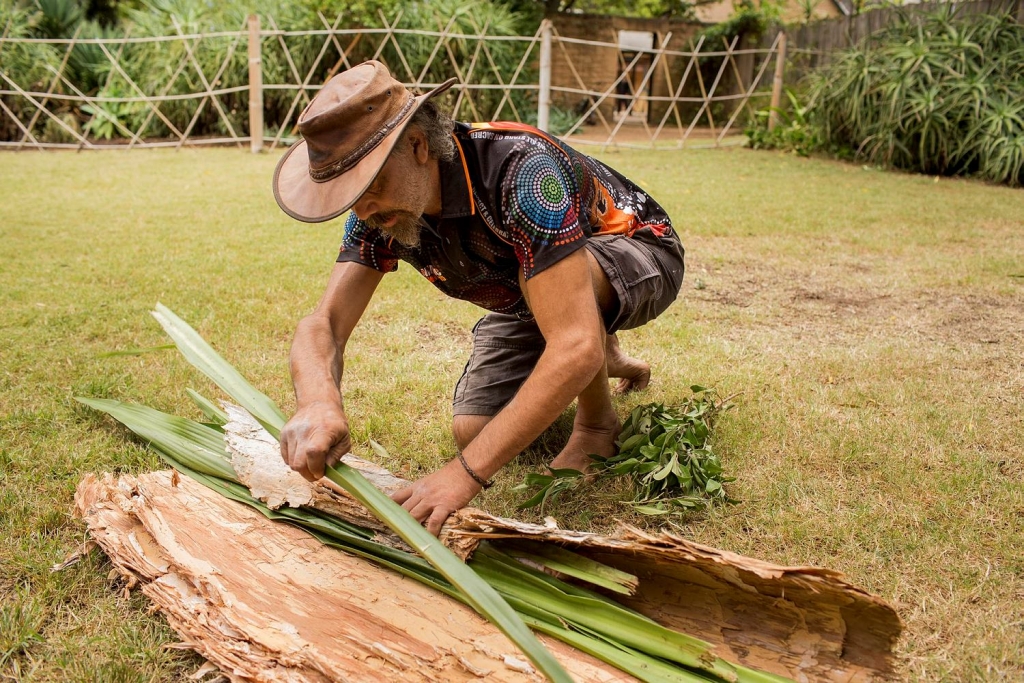
Lindsay Adam wrapping the eel for roasting at Elizabeth Farm © James Horan for Sydney Living Museums
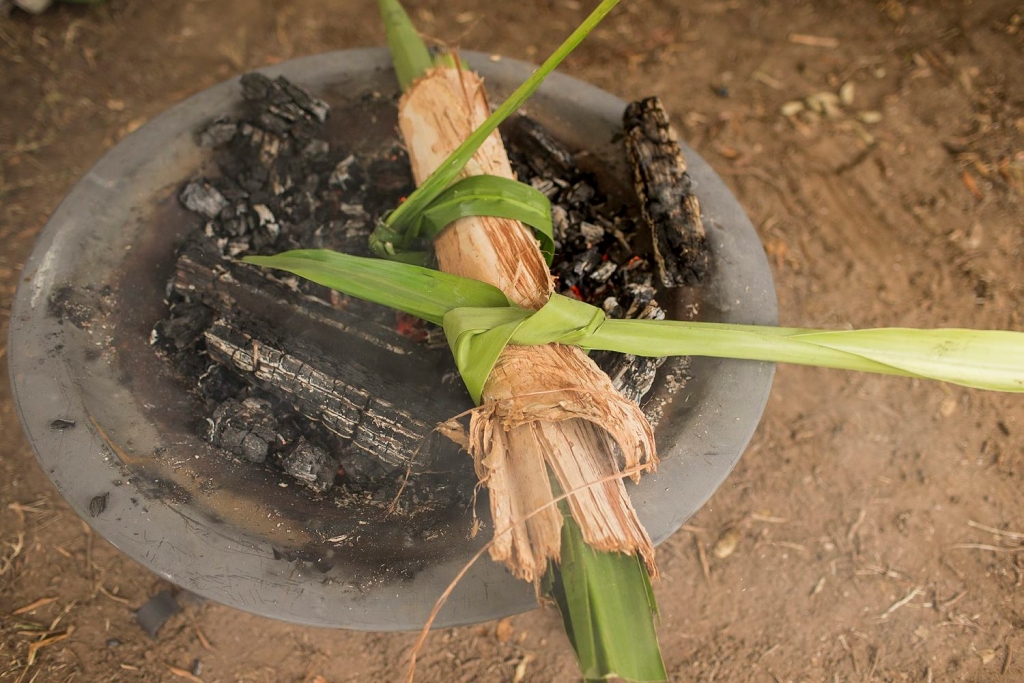
Eel wrapped in Gymea leaves and paper bark, being roasted at Elizabeth Farm © James Horan for Sydney Living Museums
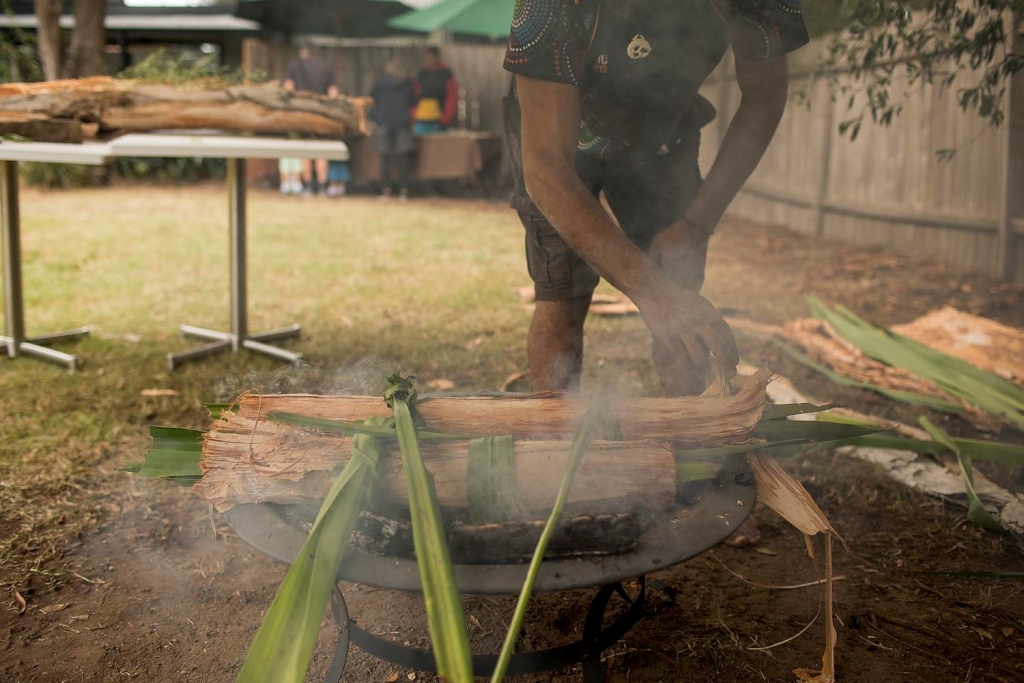
Linsday Adam tending the eels roasting on hot coals at Elizabeth Farm © James HOran for Sydney Living Museums
Class distinction
For British and European colonists, who arrived in Australia from 1788, eel was a familiar food.
Preparing them in a similar manner to fish, they enjoyed them stewed, tossed in flour and fried, and in pies. Wealthier types could show off their status by serving collared eel (you can see this dish being prepared by yours truly at the Festival). Collaring is a lost and forgotten process, and being quite fiddly, would only have been done in households that could afford the time to make such an intricate dish, or the staff to do it for them! They could even be presented on the table in decorative dishes, designed specially for the purpose.
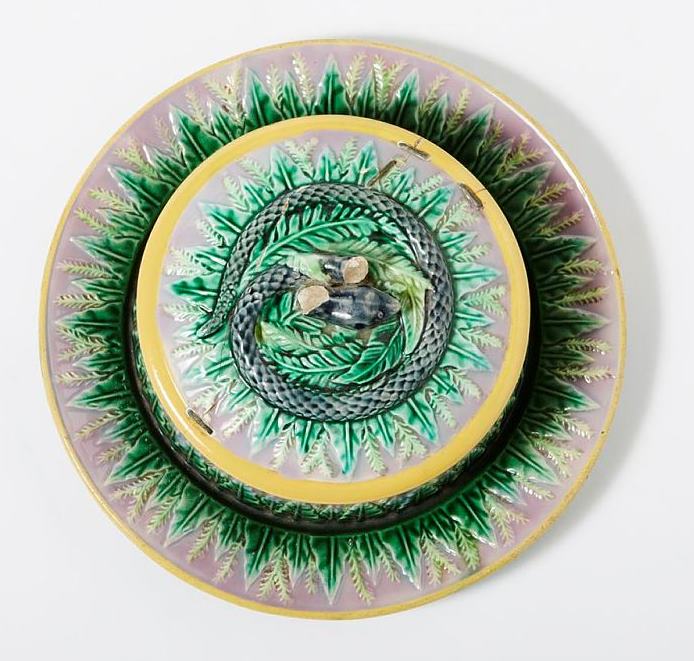
Decorative ceramic eel dish belonging to the Rouse family. Made by George Jones (1861-1872), Stoke On Trent. Rouse Hill House and Farm collection. Photo © Stuart Miller for Sydney Living Museums
In my mind, collared eel is indicative of elite colonists, for whom it was important to set themselves above convicts and lower classed settlers, and is a good example of a food being used two different ways, and having different meaning to the two cultures.
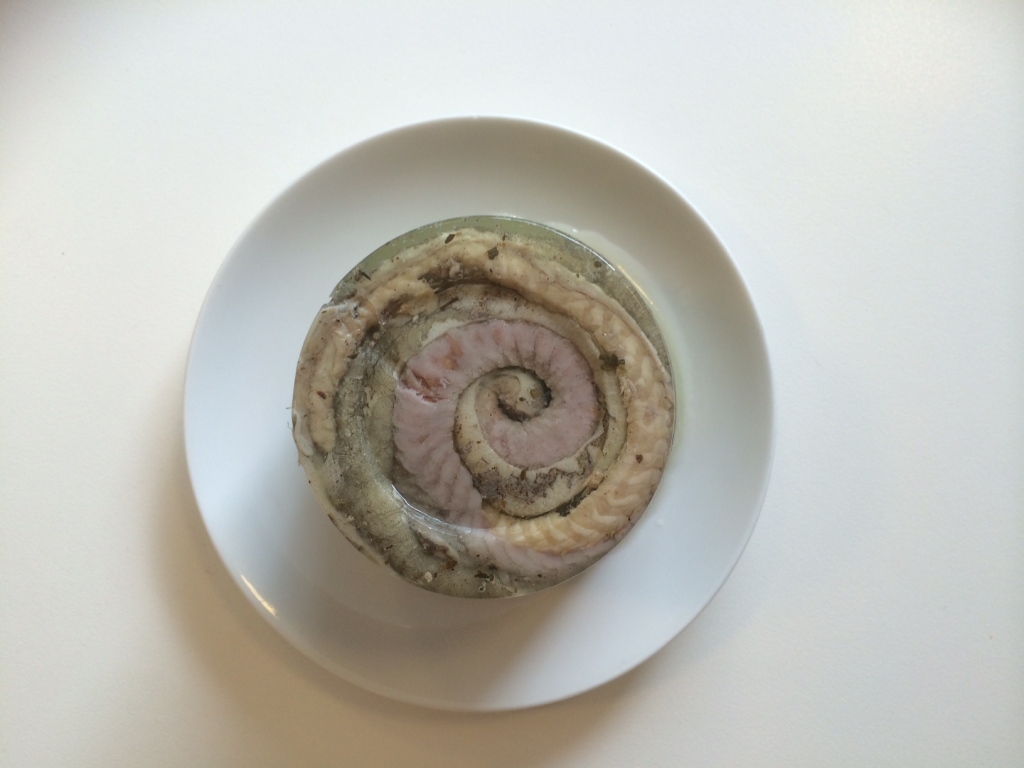
Collared eel, served cold in its aspic. Photo Jacqui Newling © Sydney Living Museums
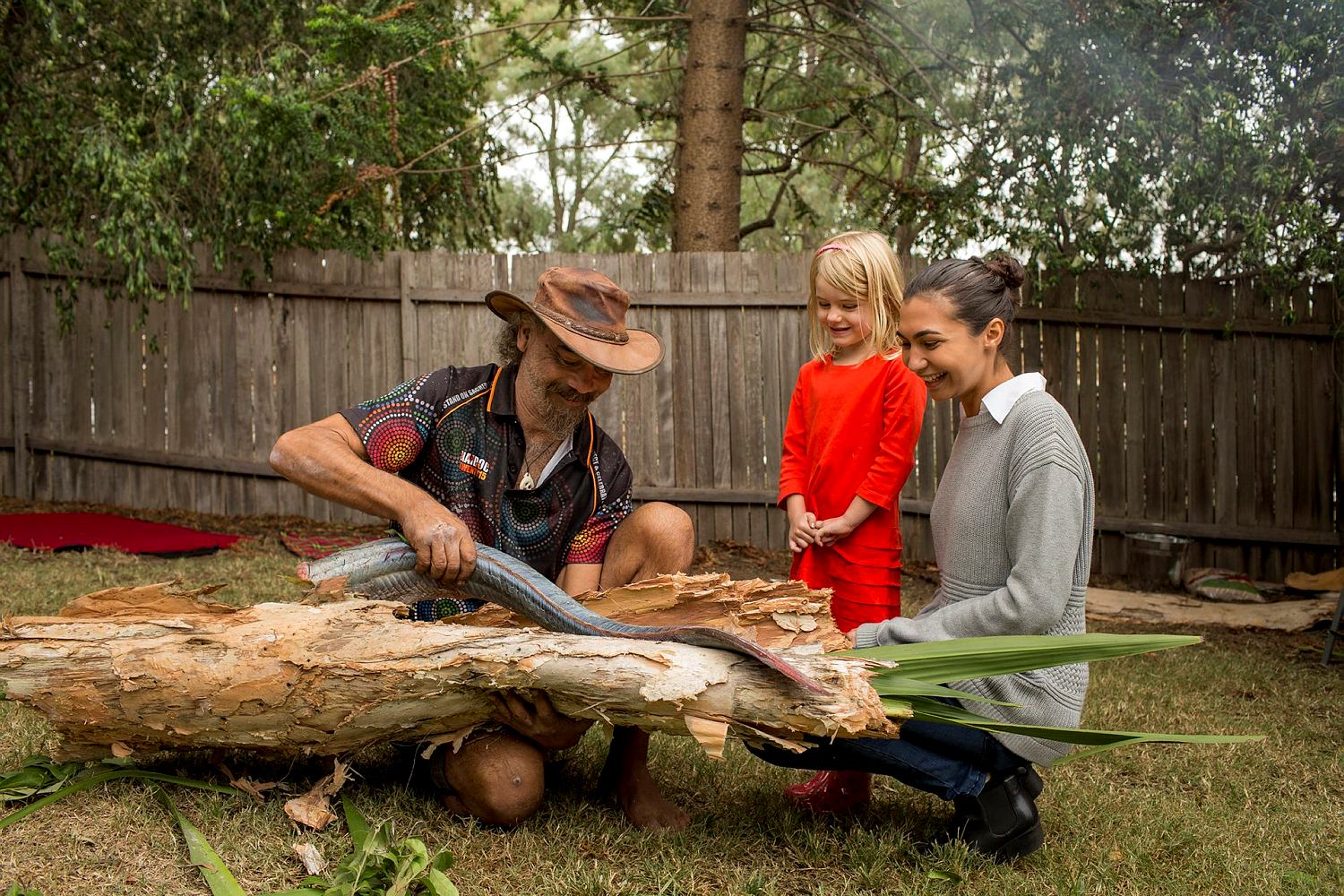
 Print recipe
Print recipe